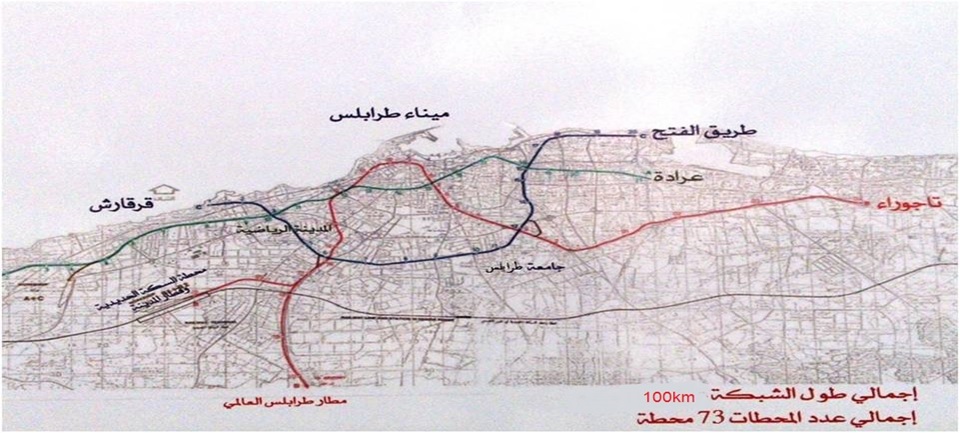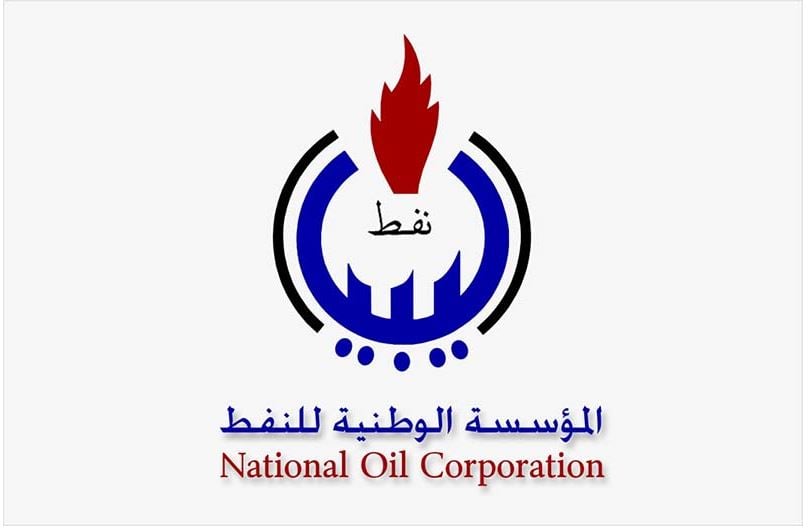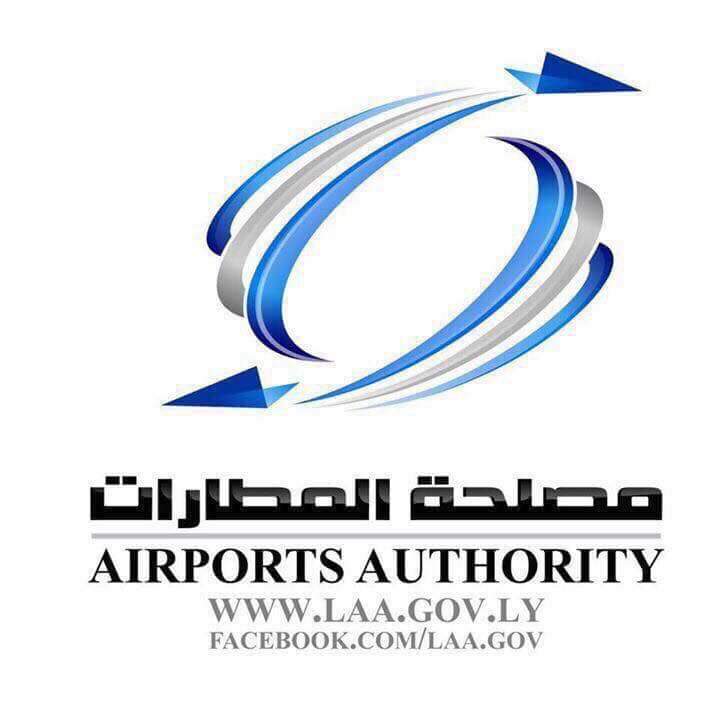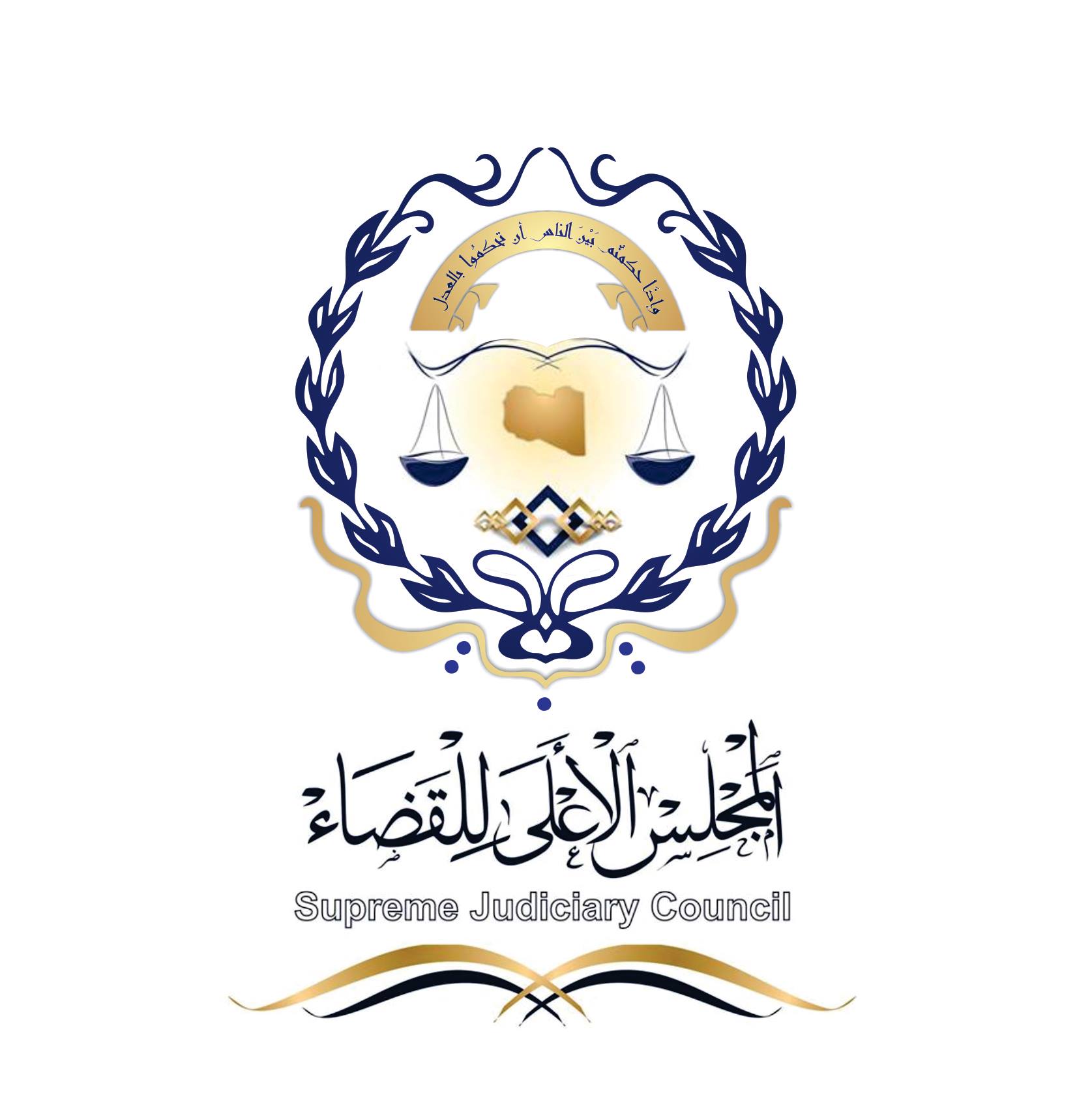By Sami Zaptia.
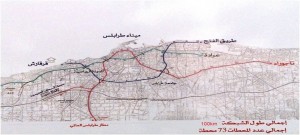
Tripoli, 1 April 2014:
A workshop was held today at the Railways Project Execution and Management Board’s headquarters in Tripoli . . .[restrict](www.railroads.org.ly), in cooperation with the Zawia University’s Strategic Planning Unit on “Strategic Planning for the City Metro (LRT) – A Modern Metro for the Public”.
The meeting was headed by Ali Rashaida, Chairman of the Railways Project Execution and Management Board, the Deputy Transport Minister for Road and Land, Abdulrizag Al-Houd, members of Tripoli and Benghazi Local Councils, representatives of the Housing and Infrastructure Board (HIB), academic members of the University of Zawya as well as a number of other interested parties.
In his opening address, Ali Rashaida, Chairman of the Railways Project Execution and Management Board said that “studies have clearly shown that an above ground light railway transport (LRT) or metro or tram system is relatively cheap compared to other systems and would make mass transport available and affordable to all Libyan citizens. Having and using an LRT system would be a progressive move and a sign of development”.
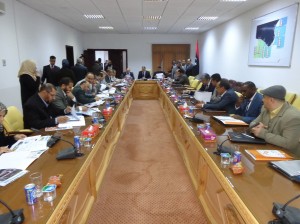
“This LRT project went through various phases under the previous regime, but never saw the light of day. I therefore, hope that this workshop can help push this project forward further towards implementation.” Rashaida indicated that there has been real positive support from the GNC who genuinely believe that some kind of mass transport system is necessary for Libya’s main urban centres.
Deputy Transport Minister for Road and Land, Abdulrizag Al-Houd in his opening remarks said that his Ministry was in desperate need of cooperation with Libyan universities in helping to solve real issues and problems on the ground, including on the LRT project.
Deputy Minister Al-Houd noted how Libya’s neighbouring states enjoyed the benefit of mass public transport systems and urged all Libyan research centres to help launch such projects that will positively affect the everyday life of Libyan citizens.
During a slide-show presentation the Railways Project Execution and Management Board it was revealed that the LRT was first considered in 1983 by the former regime. However, both the board as a whole and the LRT project were constantly used as part of political games and infighting, which led to the failure of the rail and LRT projects.
For example, the LRT project started as an underground system between 1983-92, then it was changed to an over ground system between 1992-97, only to be reverted to an underground system again by Saif Qaddafi upon his rise to political prominence between 2006-11. In 2009 an LRT system for Benghazi was proposed with 10 lines.
The Railway Board were of the view that the reversion to an underground system was based on pure self interest in the way of kickbacks and commissions and on the belief that underground tunnels could be used as war shelters by the Qaddafi regime.
For example, it was revealed that international studies show that currently the cost of an above ground LRT system would be about US$ 2-6 million per km, whereas underground the system would cost about US$ 60-100 million.
It was also revealed that on average one LRT carriage would transport the equivalent number of passengers transported by about 177 cars – that is, every LRT carriage would take 177 cars off the roads of Tripoli and Benghazi .
To this end, it was revealed that the Railway Board is now making an independent study of the various options that would provide the best cost and best service for Libyan cities. It has been given the green light by the GNC to present the results of this study for urgent implementation in order to solve Tripoli and Benghazi’s pressing transport and traffic problems. [/restrict]


